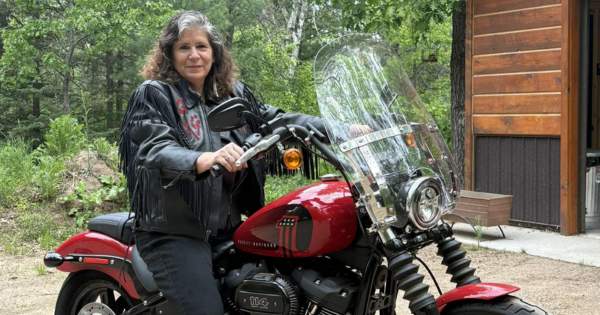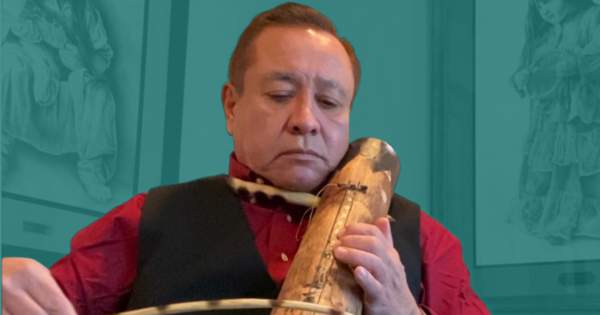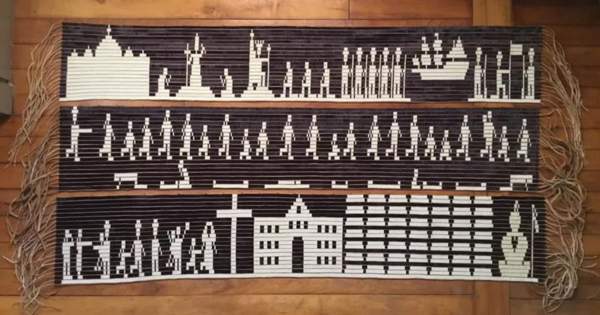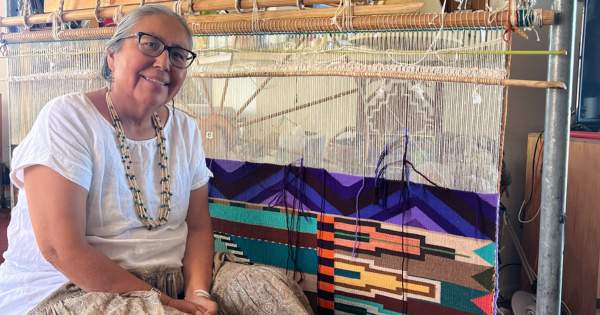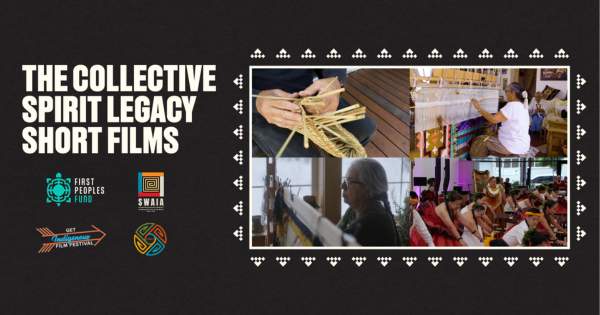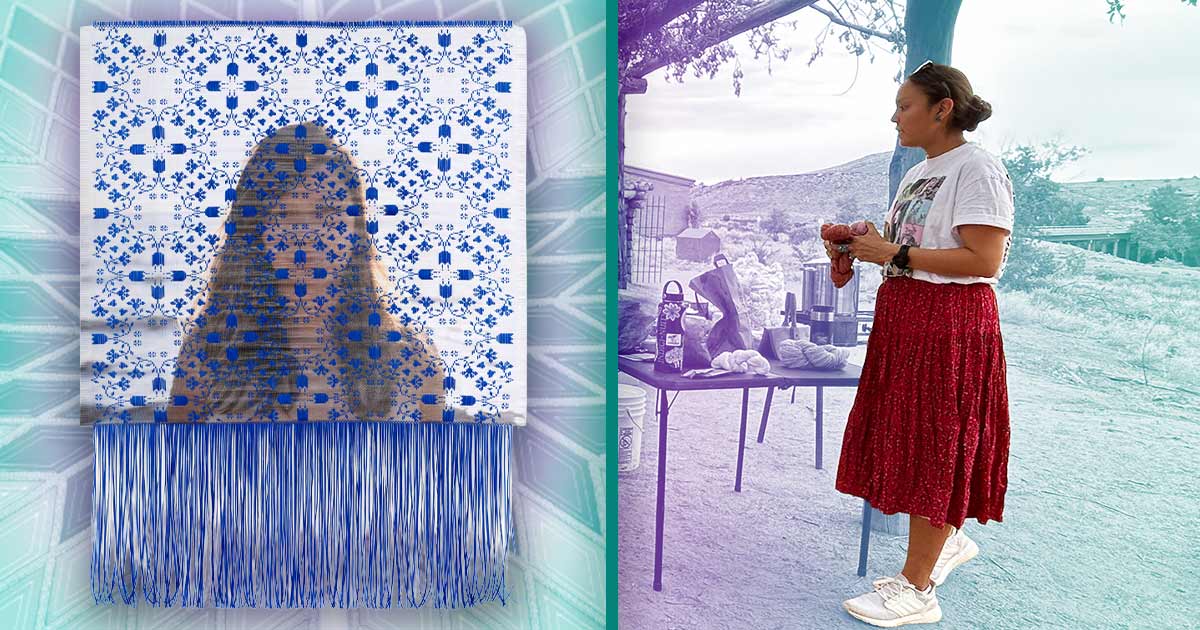
The Making of an Atsugewi Indian Baby Basket
Matilda “Tillie” Wilson has made traditional Atsugewi Indian Baby Baskets for fifteen years. A member of the Hat Creek Atsugewi Band of the Pit River Tribe, she was born in Redding, California and raised in Central Valley (now incorporated as Shasta Lake City). She has 30 years of work experience in education, health management systems, contract health service and health clinic transportation, and the Indian Child Welfare Act.
Matilda shares her knowledge and passion for traditional arts whenever she can. She has sold baskets to people all over the U.S. She is a 2018 First Peoples Fund Cultural Capital fellow.
“Wear old shoes and long pants.” These are the instructions Matilda gives students as they prepare to traverse brushy and wet areas for the springtime harvest of chokecherry, gray and red willow. Before the class on weaving traditional Indian Baby Baskets begins, Matilda scouts out ideal places for harvesting. Their tribe’s natural resources have dwindled, which is one reason she advocates the tribe to grow its own willow.
“If we cannot gather in our traditional spots we must create new ones,” she says, "otherwise the art and tradition of baskets and cradleboards will be gone."
When selecting local harvest locations, Matilda keeps in mind that some of her students have disabilities, or difficulties getting around because of age. She wants her classes to be accessible for all, with no restrictions. If the terrain still proves a challenge to someone, she gathers material for them. Anyone who wants to learn can.
“After we bring our harvest in, we make them (the students) do everything hands on, from framing to cross boarding and making the bonnet — putting everything together by stages,” Matilda explains. Her husband helps her with the harvesting and classes.
Materials have changed over the years — pitch is traded for wood glue, red willow shavings for red yarn. But the process and the heart of the work remains the same, including how Matilda teaches students to thank the Creator for the willow. She sees her students becoming the future teachers of traditional baby basket making.
“I am concerned that the next generation will only read about keeping babies in baskets,” she says.
But when Matilda watches young mothers using baskets they made themselves, she knows this work will live on.
“The main goal is to carry on our traditions so that they are no longer a thing of the past,” she says.

